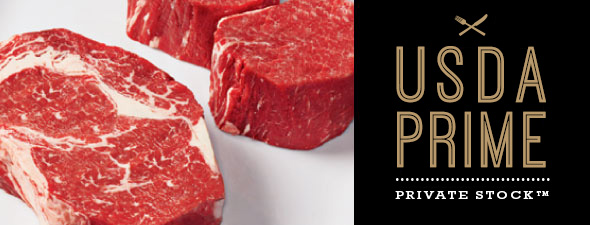In our first steak standard blog post, we covered the importance of knowing the source of your beef.
Today, we’re covering the different grades of beef according to the United States Department of Agriculture (you’ll see USDA for short).
At times, these grades can be confusing so we want to help you understand the differences as you make your beef purchases in restaurants, the grocery store and online.
When purchasing meat, it is important to understand the grade it has been assigned. The best stock is youthful and comes from top breeds, like Angus.
All beef is given one of eight grades. We use these grades as common language.
The grades are: Prime, Choice, Select, Standard, Commercial, Utility, Cutter and Canner.
The three primary grades sold at retail are Prime, Choice and Select.

Let’s take a closer look at these three according to the USDA’s descriptions:
Here at The Kansas City Steak Company, we only serve our customers the best quality beef. You can trust that promise.
As you’re making your meat choices this fall as you prepare to fire up the grill for the tailgate or the backyard barbecue, you’ll now be armed with the differences in the three primary USDA grades.